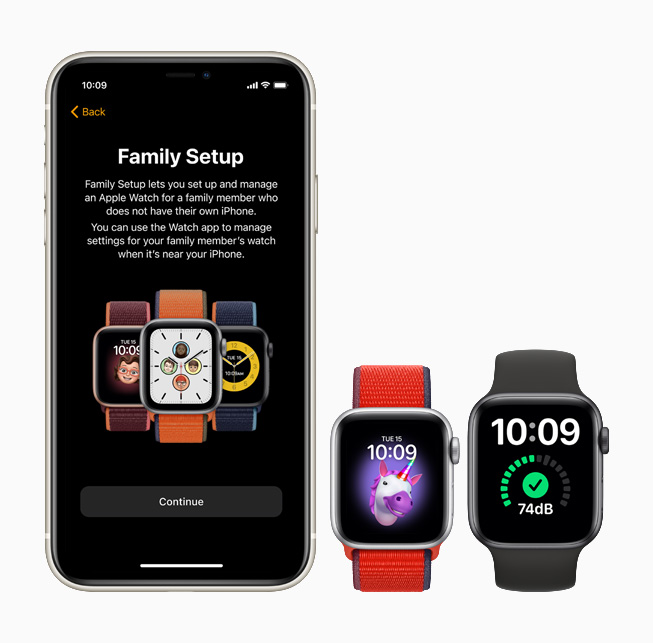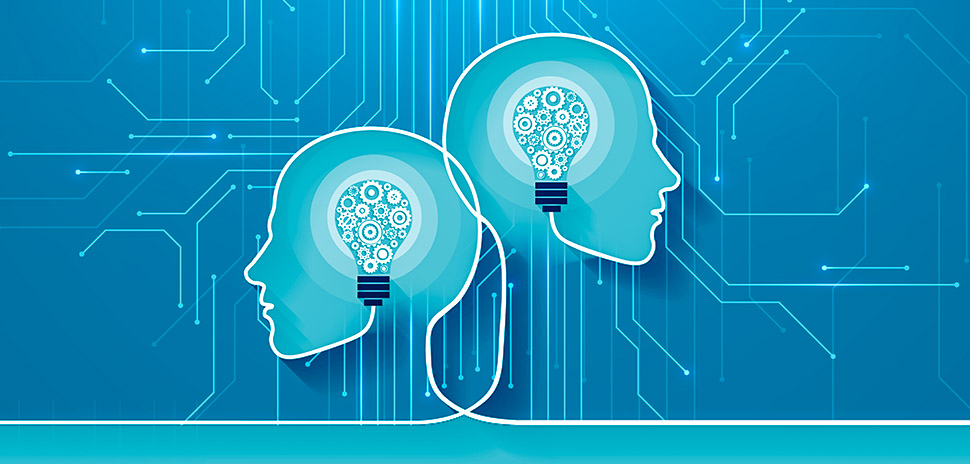The conversation around personal health technology has evolved dramatically over the past decade. What began with simple step counters and calorie trackers has blossomed into a sophisticated ecosystem of sensors, software, and services aimed at providing a comprehensive view of our well-being. At the forefront of this transformation is Apple, which has methodically built a powerful health platform centered on its hardware and software. Recent Apple health news and updates reveal a deliberate and deepening strategy: to bridge the long-standing gap between physical and mental health. This isn’t just about adding more metrics; it’s about creating a unified framework that recognizes the intricate, bidirectional relationship between how we feel physically and our state of mind. By leveraging the vast data-gathering capabilities of the Apple Watch and the analytical power of the iPhone, Apple is positioning itself not just as a tech company, but as a central player in the future of proactive and personalized wellness management for the masses.
The Sensory Ecosystem: Hardware Powering Holistic Health
Apple’s health strategy is built upon a foundation of powerful, personal hardware that acts as a constant sensory input for the user’s life. This ecosystem of devices works in concert to collect a rich tapestry of data, providing the raw material for the software to analyze and present as actionable insights. The synergy between these devices is what makes the platform so compelling.
Apple Watch: The Epicenter of Personal Health Data
At the heart of this data collection effort is the Apple Watch. The latest Apple Watch news consistently highlights its expanding role as a serious health monitoring device. It’s far more than a timepiece; it’s a sophisticated suite of sensors strapped to the user’s wrist. Key sensors include:
- Electrical Heart Sensor (ECG): Allows users to take an electrocardiogram, helping to identify signs of atrial fibrillation (AFib), a serious heart condition.
- Blood Oxygen Sensor: Measures the oxygen saturation of the blood (SpO2), which can be an important indicator of respiratory health.
- Optical Heart Sensor: Continuously monitors heart rate, providing data for workout tracking, resting heart rate, and Heart Rate Variability (HRV). HRV, the variation in time between each heartbeat, is a critical metric often correlated with stress levels and nervous system balance. A lower HRV can indicate physical or mental stress.
- Temperature Sensor: Introduced in recent models, this sensor tracks wrist temperature during sleep, primarily for advanced cycle tracking in women’s health, but also providing insights into how factors like illness or alcohol can affect baseline temperature.
- Accelerometer and Gyroscope: These power features like Fall Detection and Crash Detection, but also provide fundamental data on daily activity, exercise, and sleep quality by monitoring movement.
These sensors don’t operate in isolation. They collectively paint a picture of a user’s physical state, which, as we’ll see, Apple is now explicitly linking to mental well-being.
iPhone and Companion Devices: Centralizing the Experience
While the Apple Watch is the primary data collector, the iPhone is the central hub and the brain of the operation. The latest iPhone news often focuses on processing power, but this power is crucial for on-device analysis of sensitive health data. The Health app on iOS serves as the secure repository for all this information. Furthermore, the broader Apple ecosystem news points to an interconnected future. For instance, recent AirPods Pro news has included discussions around features for hearing health and potential future sensors for body temperature. Even the HomePod mini could play a role, perhaps by providing ambient sounds for sleep or meditation based on stress data from the watch. The era of single-purpose devices, reminiscent of the days when iPod news dominated, is long gone. The focus now is on a network of devices—from the iPhone to the Apple Watch and even AirPods—that collectively contribute to a user’s health profile.
Connecting the Dots: Software and the Mind-Body Synthesis

If hardware provides the raw data, software is the bridge that turns that data into a coherent narrative about a user’s health. Apple’s most significant recent advancements have been in the software layer, specifically in creating features that explicitly connect physical metrics with mental states.
The Health App: From Data Repository to Insight Engine
The Health app has evolved from a simple dashboard into an analytical tool. It aggregates data not just from Apple devices but also from thousands of third-party apps, allowing users to see everything from their workouts and nutrition to their meditation minutes in one place. The “Trends” feature is particularly powerful, as it can analyze long-term data to show if a user is improving or declining in key areas like resting heart rate, walking speed, or sleep duration. This is the first step in helping users see correlations—for example, noticing that their resting heart rate trended down during a month when they were more active.
A New Frontier: Quantifying Mental Wellness with iOS Updates
The most direct evidence of Apple’s mind-body strategy comes from recent iOS updates news. With iOS 17 and watchOS 10, Apple introduced “State of Mind” logging within the Health and Mindfulness apps. This feature allows users to log their momentary emotions (e.g., “Pleasant,” “Unpleasant”) and overall daily mood. This is a significant step beyond tracking physical metrics.
The genius of the implementation lies in its ability to find correlations. The Health app can cross-reference these mood logs with lifestyle factors, presenting insights such as:
- Sleep: How does the amount and quality of your sleep correlate with your logged mood the next day?
- Exercise: Are you more likely to log a positive mood on days you complete a workout?
- Mindful Minutes: Does spending time in meditation or mindfulness exercises correlate with a more stable mood?
- Time in Daylight: The Apple Watch’s ambient light sensor can estimate time spent outdoors, a factor known to impact mental health.
This is a real-world application of connecting the physical and mental. It moves the user from simply knowing they feel “off” to potentially understanding *why*, based on concrete data from their daily habits. This is a far cry from the simple media consumption that defined the era of the iPod Classic news or iPod Touch news; it’s about active, data-driven self-awareness.
The Digital Vault: Privacy and Security in the Apple Health Ecosystem
Collecting and analyzing such deeply personal data carries an immense responsibility. A user’s mental health logs, ECG readings, and sleep patterns are among the most sensitive information they possess. Apple has made privacy a cornerstone of its health initiative, a frequent topic in Apple privacy news, and its technical implementation is a key differentiator.
On-Device Processing and End-to-End Encryption

Apple’s core privacy principle is to minimize data collection and perform as much processing as possible directly on the user’s device (the iPhone or Apple Watch). This means that sensitive calculations, like identifying health trends or heart rate anomalies, happen locally, without the data ever being sent to Apple’s servers. When data must be stored in the cloud for backup or syncing purposes, it is end-to-end encrypted, provided the user has two-factor authentication enabled. This ensures that no one, not even Apple, can access the user’s identifiable health data. This robust approach to iOS security news is critical for building the user trust necessary for a health platform to succeed.
The User in Control: Granular Permissions
A practical example of Apple’s privacy model is HealthKit, the developer framework for health apps. When a third-party app wants to access health data, it cannot simply ask for everything. The user is presented with a clear, granular list of permissions. For instance, a running app might request access to “Workouts” and “Heart Rate,” while a nutrition app might ask to read “Dietary Energy” and write “Weight.” The user must approve each specific data type. They can grant read-only, write-only, or both, and can revoke these permissions at any time in the Settings app. This puts the user in complete control, allowing them to build their own trusted ecosystem of health services without sacrificing privacy.
Looking Ahead: The Future of Apple’s Health Initiatives
Apple’s journey into health is far from over. The current ecosystem provides a powerful foundation, but future developments in hardware and software promise an even more integrated and proactive approach to wellness.

The Promise of Apple Vision Pro
The most exciting developments may come from the company’s newest platform. The latest Apple Vision Pro news has focused on productivity and entertainment, but its potential for health and wellness is immense. Imagine immersive, guided meditation apps that transport you to a serene beach, or AR-powered physical therapy sessions where a virtual coach guides your movements in your own living room. For mental health, the possibilities are profound: controlled environments for exposure therapy, interactive mindfulness exercises using a potential Vision Pro wand or hand tracking, and more engaging teletherapy sessions. We may even see news of Vision Pro accessories news focused specifically on wellness applications. This represents the next frontier of digital health, moving from 2D screens to 3D immersive experiences.
The Road to Proactive and Predictive Health
The ultimate goal for any health platform is to move from being reactive (logging symptoms after they appear) to being proactive and even predictive (identifying risks before they become problems). Apple is laying the groundwork for this with its continuous monitoring and trend analysis. Future sensor advancements, such as the long-rumored non-invasive glucose monitoring, would be revolutionary. Integrating this with existing data could allow the system to make powerful connections. For example, it might one day be able to correlate blood sugar spikes with logged feelings of anxiety or poor sleep, offering users a level of insight that was previously only available in clinical settings. Future Siri news might involve the assistant proactively suggesting a short walk or a breathing exercise after the Apple Watch detects a spike in HRV indicative of stress, creating a truly responsive wellness companion.
Conclusion
Apple’s strategy in the health sector is a masterclass in long-term, ecosystem-based thinking. By creating a virtuous cycle of powerful hardware, intelligent software, and uncompromising privacy, the company has built a platform that is uniquely positioned to address the holistic nature of human well-being. The recent focus on explicitly linking physical data with mental state logging is not just another feature; it is a fundamental shift in the philosophy of consumer health technology. It empowers users with data-driven insights into the complex interplay between their bodies and minds, transforming abstract feelings into actionable information. As the technology in devices like the Apple Watch and Apple Vision Pro continues to advance, we can expect the line between a tech gadget and a personal wellness guardian to blur even further, solidifying Apple’s role as a dominant force in the future of digital health.











